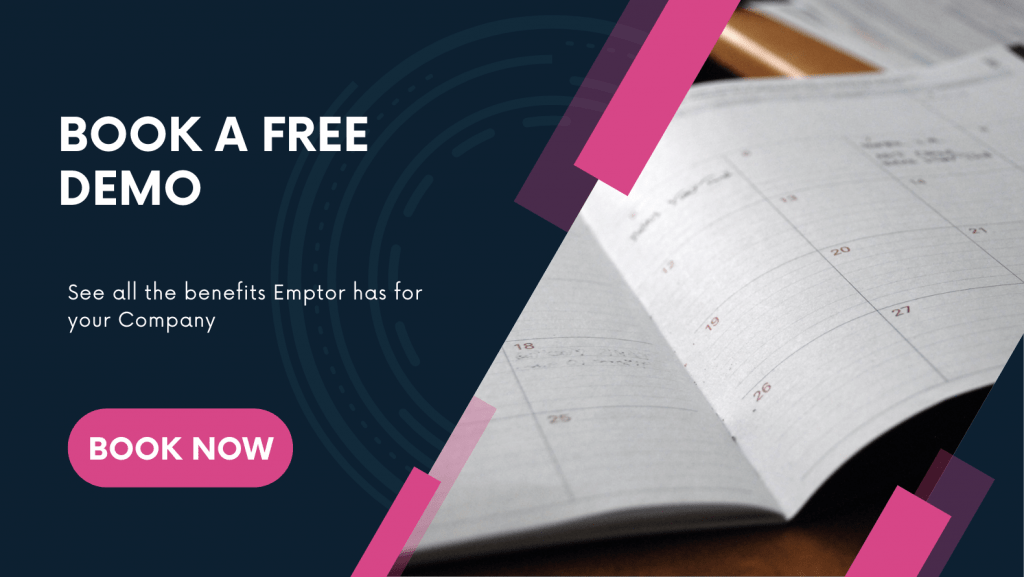Performance coaching in the workplace: Unlocking employee potential
Have you ever wondered how you can help your employees reach their full potential and increase their job satisfaction? The answer may lie in performance coaching.
This management strategy is all about guiding and supporting employees to develop their skills and knowledge, achieve their goals, and ultimately, perform at their best. In this article, we’ll dive deep into performance coaching in the workplace, exploring its benefits, different types, and how to implement an effective program.
Benefits of performance coaching
Increased Productivity
One of the most apparent benefits of performance coaching is increased productivity. When employees receive the guidance and support they need, they’re more likely to perform tasks efficiently, meet deadlines, and contribute to the company’s overall success.
Improved employee engagement
Performance coaching can also lead to improved employee engagement. A well-designed coaching program demonstrates that the organization values its employees and is invested in their professional growth. This can result in higher job satisfaction, stronger commitment, and lower turnover rates.
Enhanced skills and knowledge
Coaching helps employees identify their strengths and weaknesses, allowing them to develop the skills they need to excel in their roles. It also encourages continuous learning, ensuring that employees remain competitive in an ever-evolving workplace.
Types of performance coaching
Directive Coaching
In directive coaching, the coach acts as an expert, providing specific advice and guidance based on their experience and knowledge. This type of coaching is particularly effective when employees need to learn new skills or correct certain behaviors.
Non-directive coaching
Non-directive coaching, on the other hand, emphasizes employee autonomy. The coach facilitates the process by asking questions and encouraging reflection, allowing employees to discover solutions and develop their own action plans. This approach is ideal for fostering self-awareness, problem-solving, and decision-making skills.
Combined approach
A combined approach incorporates both directive and non-directive coaching techniques, depending on the situation and the employee’s needs. It allows for a more flexible and tailored coaching experience that maximizes employee growth and development.
Key elements of an effective coaching program
Setting clear objectives
To ensure a successful coaching program, it’s crucial to set clear objectives. Clearly defined goals help both the coach and the employee understand what they’re working towards and measure progress effectively.
Establishing trust
Building trust between the coach and employee is critical to the success of any coaching relationship. An open, honest, and supportive environment fosters meaningful conversations and facilitates the employee’s willingness to share their thoughts, feelings, and concerns.
Active listening and communication
Effective coaching requires exceptional listening and communication skills. The coach must actively listen to the employee’s concerns, ask insightful questions, and provide constructive feedback to promote self-awareness and growth.
Feedback and evaluation
Regular feedback and evaluation are essential components of a successful coaching program. Employees should receive timely, specific, and actionable feedback to help them adjust their approach and improve their performance. Additionally, evaluating the coaching program itself ensures its ongoing effectiveness and alignment with the organization’s objectives.
How to implement performance coaching in your workplace
- Assess organizational needs: Before implementing a coaching program, determine the specific needs of your organization and employees. Identify skill gaps, areas for improvement, and desired outcomes.
- Develop a coaching strategy: Create a comprehensive coaching strategy that outlines the program’s objectives, approach, and key performance indicators.
- Select and train coaches: Identify suitable coaches within your organization or hire external professionals. Ensure they possess the necessary skills, knowledge, and experience to support employees effectively.
- Establish a coaching culture: Encourage open communication, trust, and continuous learning within your organization. Promote the value of coaching and recognize employee achievements to create a supportive environment.
- Monitor and evaluate progress: Regularly review the coaching program’s effectiveness, make adjustments as necessary, and celebrate successes to maintain employee engagement and motivation.
Addressing common challenges in performance coaching
- Time constraints: Encourage managers and employees to prioritize coaching by setting aside dedicated time for regular coaching sessions.
- Resistance to change: Communicate the benefits of coaching to employees and emphasize its role in professional growth and development. Involve employees in the process by allowing them to choose their coaches and contribute to goal-setting.
- Lack of clarity: Establish clear objectives, expectations, and boundaries for the coaching relationship. Ensure both the coach and employee understand their roles and responsibilities.
Frequently asked questions
Q.What is the primary purpose of performance coaching in the workplace?
A.The primary purpose of performance coaching is to help employees develop their skills and knowledge, achieve their professional goals, and ultimately, perform at their best.
Q.How can performance coaching benefit my organization?
A.Performance coaching can lead to increased productivity, improved employee engagement, enhanced skills and knowledge, and reduced turnover rates.
Q.What is the difference between directive and non-directive coaching?
A.Directive coaching involves the coach providing specific advice and guidance, while non-directive coaching emphasizes employee autonomy and facilitates self-discovery.
Q.How do I select the right coaches for my organization?
A.Choose coaches who possess the necessary skills, knowledge, and experience to support employees effectively, whether they are internal or external professionals.
Q.How can I overcome common challenges in implementing performance coaching?
A.To overcome common challenges, prioritize coaching by setting aside dedicated time, communicate its benefits, and establish clear objectives, expectations, and boundaries for the coaching relationship.
Invest in performance coaching
Performance coaching in the workplace can yield significant benefits for both employees and the organization as a whole. By adopting a tailored approach, investing in an effective coaching program, and addressing common challenges, companies can unlock their employees’ full potential and enhance overall performance.
As you embark on your performance coaching journey, keep in mind the importance of trust, clear objectives, and open communication to ensure success.
At Emptor we encourage you to conduct a proper due diligence with automated background check and identity validation on your candidates to ensure that you are working with people you can trust.
Schedule a free demo so you can learn how you can perform automatic background checks in a matter of minutes.





